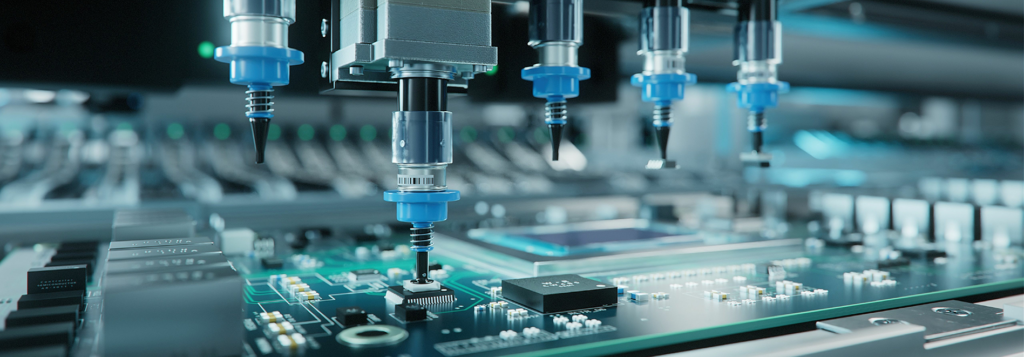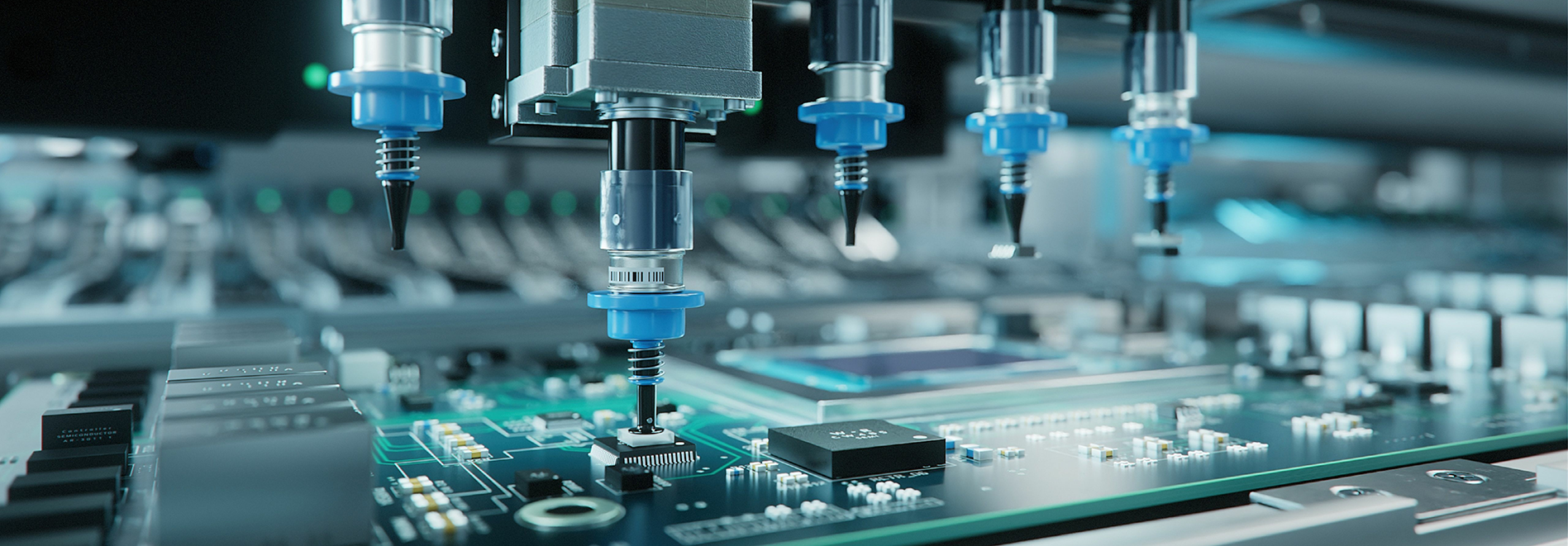
Voices of Innovation
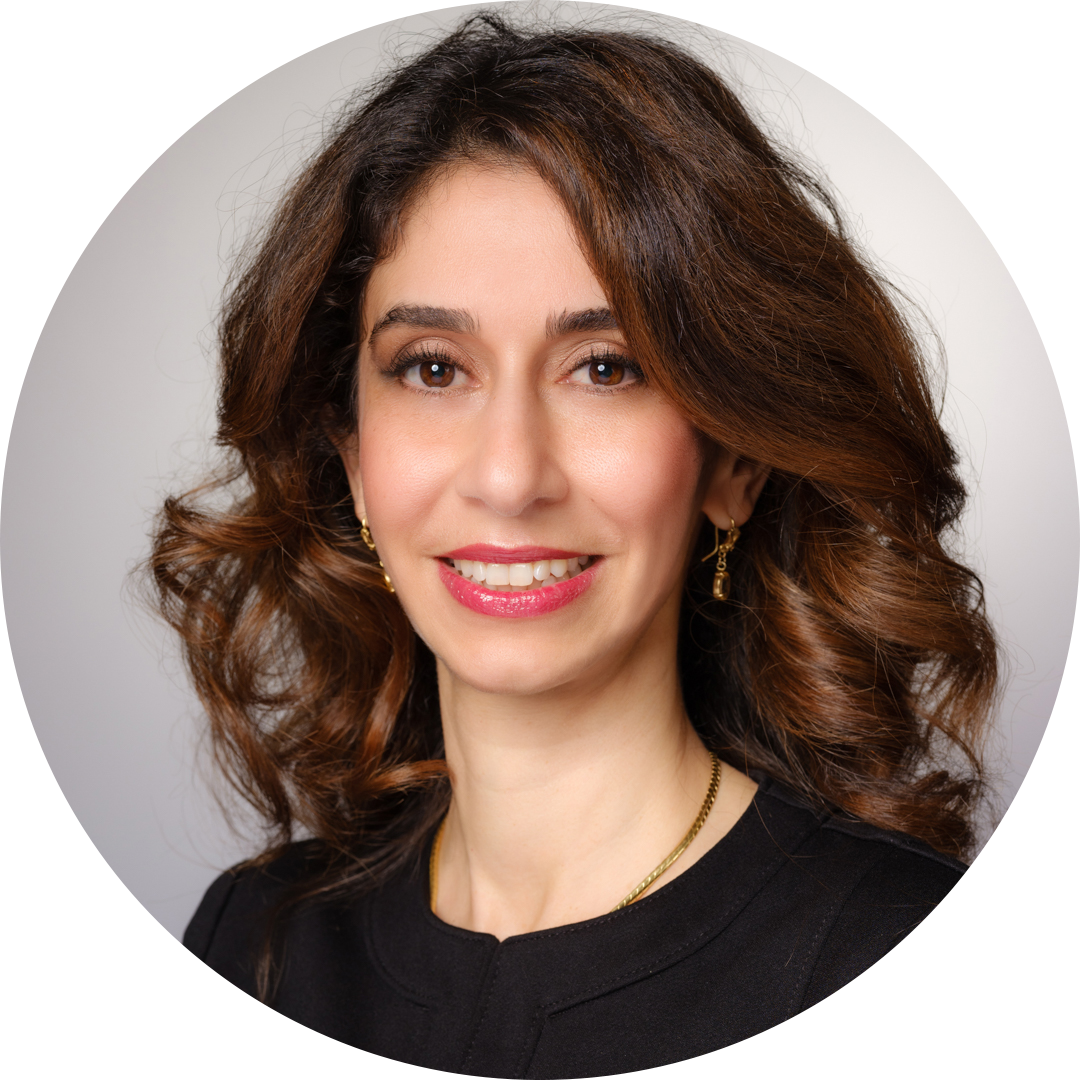 Sanaz Sheybani
Sanaz Sheybani
Sales and Application Engineer,
Leach International Corporation
“Our “Voices of Innovation” interview series spotlights key contributors at Leach International. We speak with engineers and leaders about their work in aerospace technology, their experiences at Leach, and their thoughts on future industry developments.”
Imtiaz Khan, Electrical Engineering Department Manager
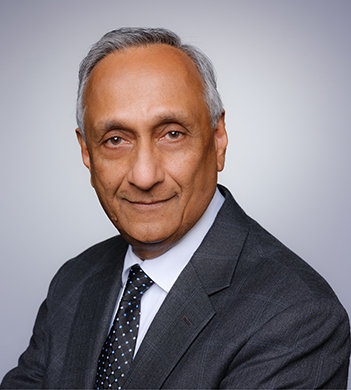
You’ve been with Leach for 40 years, a third of its entire history. What’s the most significant technological shift you’ve witnessed in electrical engineering during your tenure?
Actually, the most significant thing I’ve seen is the resilience of older technology. When I joined 40 years ago, my boss told me, “Please do not spend too much time on these electromechanical relays because the world is going towards solid state.” Well, guess what? It hasn’t happened yet and a major portion of our revenue still comes from the world of electromechanics.
The aerospace industry doesn’t like to change much, as opposed to more commercial spaces where we want newer and latest things. Aerospace is more at ease with just changing enough and not too much. The reason is reliability, which is related to risk. They want tried and tested technology.
Your background in physics seems unique for an electrical engineer. How did that foundation shape your approach to your work at Leach?
Physics is the foundation of almost all engineering. My concentration in physics at university included electronics and semiconductors, which provided my entry into the world of electrical engineering.
Leach is the type of company where the basics of engineering are put to the test. We don’t focus on fancy stuff an individual has done, but rather on how well they know the fundamentals. Physics provides that foundation. It’s given me a deep understanding of the underlying principles that govern our work in electronics and power distribution. This background has been particularly valuable at Leach, where a strong grasp of the basics is crucial for innovation and problem-solving in aerospace engineering.
How has Leach adapted to new technologies while maintaining its traditional business?
We’ve been at the forefront of new technologies. Since 1984, we were probably the first to introduce solid state power distribution technology to the aerospace world. Basically, all electric vehicles – whether it’s cars, aeroplanes, or electrical vertical takeoff and landing craft – have generators, and this generated power has to be distributed throughout the craft. That’s where we come in, to distribute the power in a protected way.
In today’s world, it’s a combination of electronics controlling the electromechanical switch. The electronics and mechanics are our designs from almost 100 years of experience. We’re also working on innovations around preventing arcing, which is big, and tough to do. The challenge is in distinguishing between normal arcing, like when you turn on a blender or drill and it sparks, and abnormal arcing that could be dangerous. That’s tricky, but it’s been a topic of discussion for a long while, especially since there have been incidents where aircraft have gone down due to arcing faults.
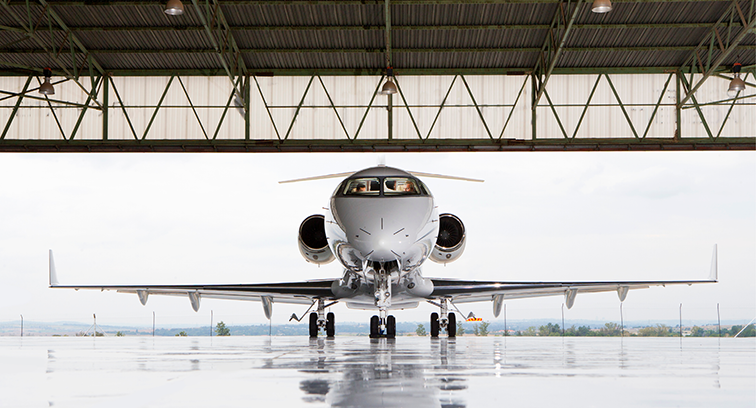
Of your six patents, which one are you most proud of, and how did the idea come to you?
The one I’m most proud of relates to a tradition I had with my old boss Mark back in about 1989. Every Monday morning, he’d ask, “Any flashes of brilliance over the weekend?” I almost always said, “No, Mark, none.” And he almost always had one. But this patent was different. It came like that flash we’d talked about, in around 2022. It involves using JFETs (Junction Field Effect Transistors) in a new way.
JFETs have been around for a long time, mainly used in low-power applications like stereo amplifiers. But recently, companies have transformed them into high-power components. I realized we could use these high-power JFETs as current limiters to prevent overheating in wires and thus prevent catastrophes. What I’m proud of is that something had been around for a while, but nobody had thought of using it this way. It was that spark I’d always hoped for in those Monday morning conversations.
It’s not flying yet, but we are currently using facets of it directly in various newer designs. It takes time for these innovations to make their way into flying aircraft due to the rigorous testing and certification processes in aerospace. But we’re excited about its potential applications in preventing overheating and improving safety in aircraft electrical systems.
Many employees at Leach have long tenures. What is it about Leach as a company that makes it a good place to work for you?
Leach gave me the freedom to think; it’s not rigid. I enjoy the freedom to do what I like to do and make suggestions, be it related to engineering, which is the creative part, or improving other things like production processes.
Everybody is quite approachable. I guess this approachable nature and the freedom to be creative and contribute beyond just my specific role allowed me to stay as long as I have. It’s a place where your ideas are valued, whether they’re about engineering innovations or improving processes across the company.
What advice would you give to young, aspiring engineers?
“Be very solid in the basics, and think things through properly. At Leach, we put the basics of engineering to the test. When candidates are interviewed, they often show me their excellent programming skills. That’s good, but if you’re joining my department, which is hardware, your basics of engineering and physics have to be very solid.
I’ve noticed a trend where software has spawned a bit of laziness. Software, you can do just sitting at a computer. Hardware, on the other hand, requires a bit of manual labor. So, my advice would be: don’t shy away from the physical aspects of engineering. Be a tinkerer. Do you like to do stuff with your own hands at home? That hands-on experience and willingness to engage with the physical world is crucial.”

Sanaz Sheybani
Sales and Application Engineer at Leach International Corporation
With a Master of Science in Electrical Engineering and certifications in project management, marketing, and operations, Sanaz brings expertise to Leach Corp. Fluent in English, French, and Persian, she excels in global communication. Previously, Sanaz led projects developing anti-icing windshield heaters for light commercial jets. Outside work, she enjoys travel, skiing, scuba diving, culinary adventures, and dancing.

